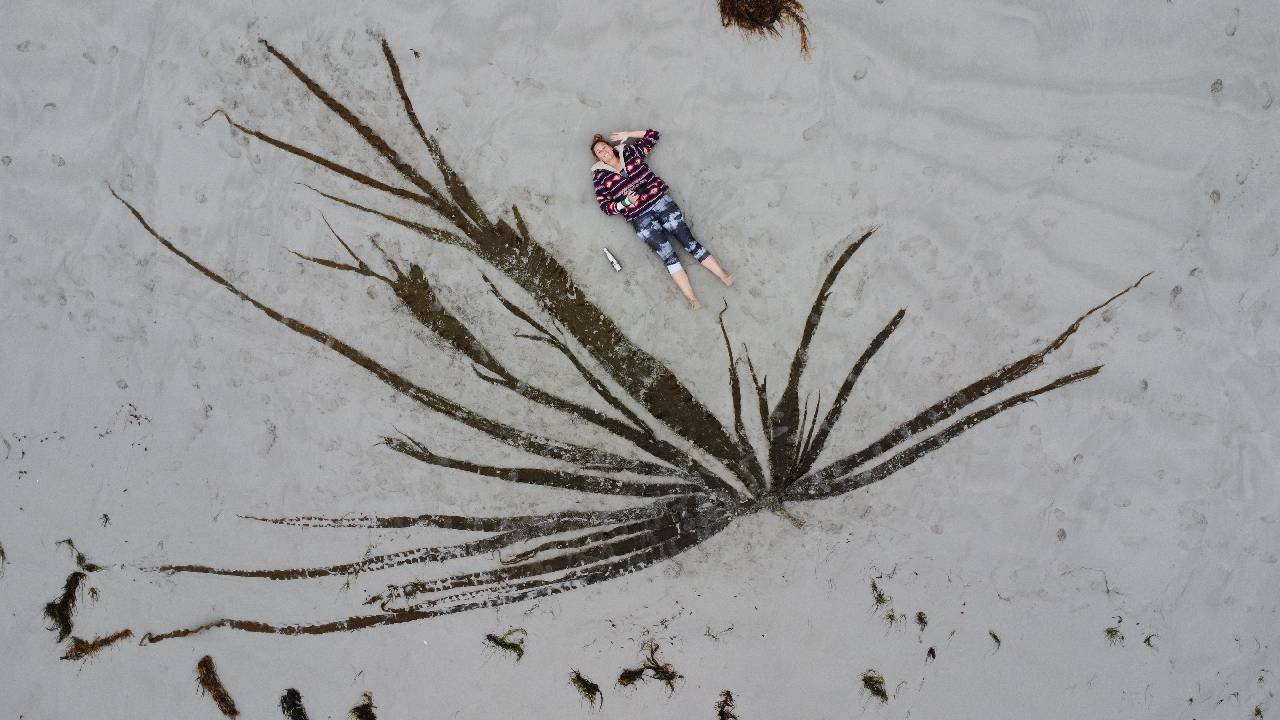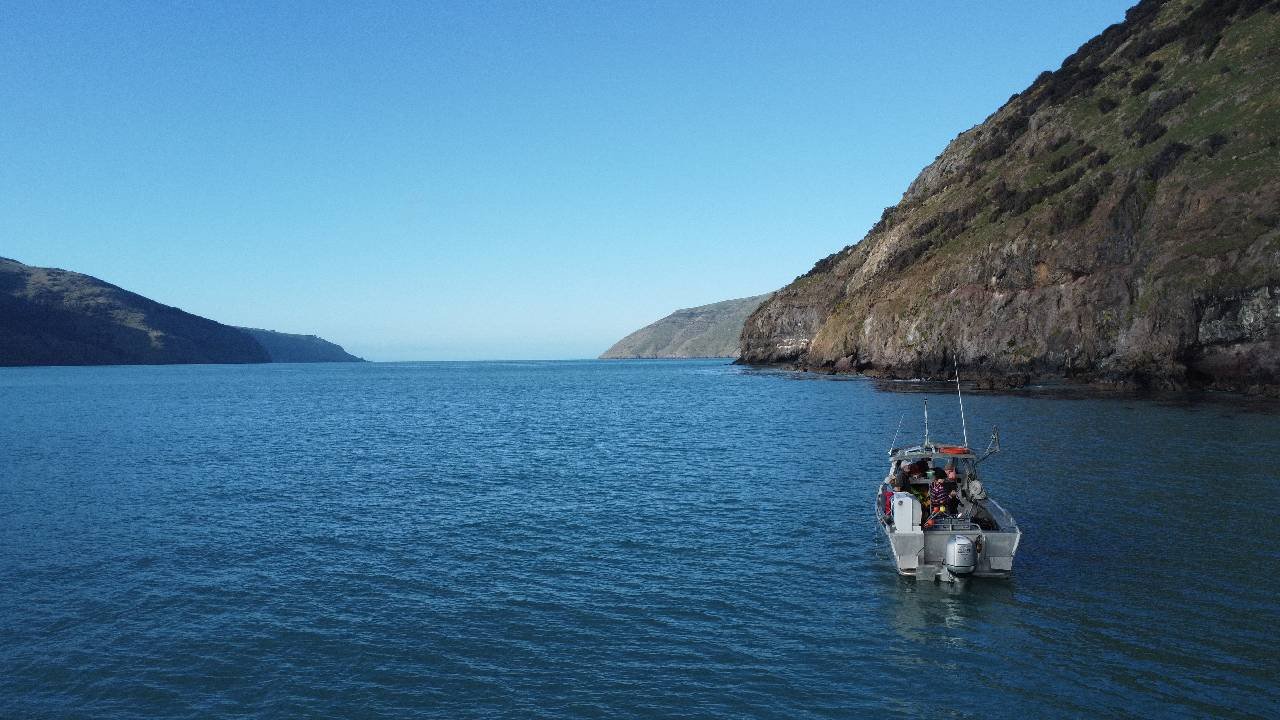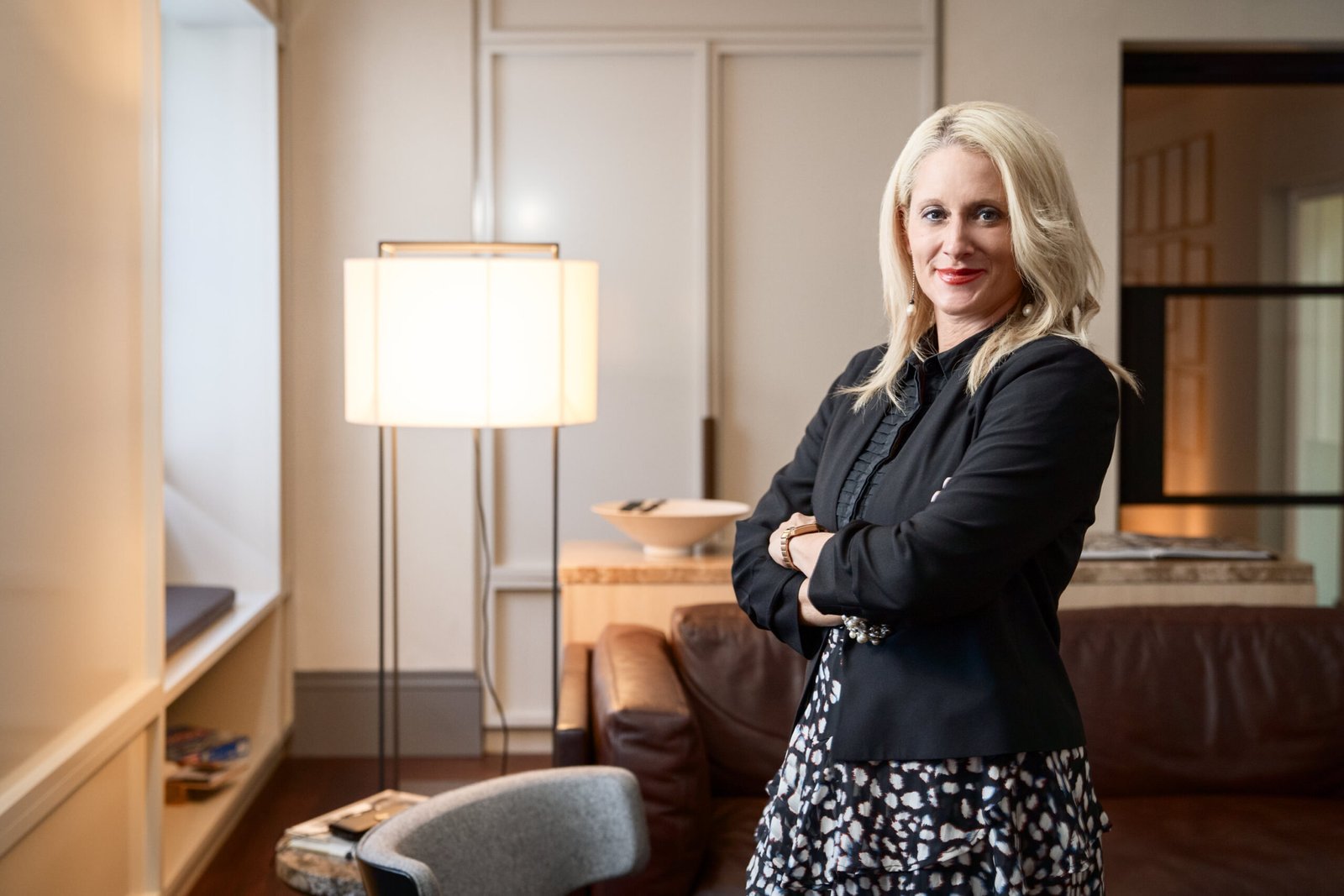Gillian Rowland is an Environmental Scientist and a SmartSat CRC PhD candidate embarking on a highly prestigious internship at the European Space Agency (ESA) in Frascati, Italy, where she plans to make significant strides in the field of remote sensing and marine ecology.
With a background rooted in the natural world, Gillian’s career trajectory is anything but conventional. Growing up in the vibrant and water-surrounded city of Montreal, Quebec, she developed a deep love for nature and the environment. This passion led her to study biodiversity and ecology, and later, to work in environmental management for an airline. However, the corporate world didn’t align with her aspirations, prompting her to pursue a Master’s degree where she discovered the fascinating realm of remote sensing.
Remote sensing, as Gillian explains, involves using light, sound, or other energy forms to gather information about materials. Her focus is on passive remote sensing, which collects reflected light to analyse the chemical makeup of materials. This technology has profound applications, especially in distinguishing different species of trees based on how their leaves reflect light. Now, Gillian is applying these techniques to the underwater world, particularly to the study of kelp and other macro-algae.

“My ideal project would focus on seaweeds and temperate coastlines, which span much of the planet but remain largely unmapped and unmonitored,” says Gillian, who is currently studying at Queensland University. “Expanding my PhD work globally would provide insight into their current state and changes over time, essential for protection, conservation, and restoration efforts. But to do all of those things, you need to know what’s there and how it’s changed and how it is changing.
“My research is showing me that seaweeds are harder to differentiate than trees, which have distinct features and can be separated cleanly with good data. Seaweeds lack such clarity, making mapping more challenging, but I’ve identified some differences. With more or better data, these differences would be enough for specific mapping.”
Only limited mapping has been done on kelp and seaweeds in temperate waters, but Gillian is planning to change that.
“Existing tools use drone images to identify kelp presence, but they can’t provide quantitative measures like stem count or biomass. I’m working on bridging that gap,” she says.
“There’s a global map, but it has issues due to limited validation data. Most mapping is centred in California, where a group of volunteer divers collects monthly field data. Some projects exist in the Falkland Islands, Tasmania, New Zealand, and Chile, but they rely on California’s data. My project aims to use drones to collect field data, eliminating the need for divers.”

Gillian was pleasantly shocked when she discovered she’d been granted a ten week internship with the ESA in Italy. “It was quite a surprise,” she confesses, “I wasn’t expecting to get it, because it’s such a huge opportunity, but I’m very excited.”
She is one of only three individuals who have been granted this prestigious internship, marking a significant milestone in her career.
At ESA’s Lab, Gillian will delve into the realm of satellite imagery and artificial intelligence, working alongside top researchers. Her work aims to bridge the gap between land-based and aquatic remote sensing, applying terrestrial techniques to the less-explored temperate coastlines and kelp forests. These underwater ecosystems, though challenging to access, hold immense potential for scientific discovery and environmental conservation.
Living in Brisbane, Gillian has enjoyed the coastal access and the opportunity to learn from renowned experts in aquatic remote sensing. Her Queensland University supervisors, Associate Professor Chris Roelfsema and Professor Stuart Finn, have been instrumental in shaping her academic journey, guiding her towards this incredible opportunity at the ESA.
“I work on passive remote sensing, which records light reflected off of objects on the Earth’s surface to get information about the chemical composition of those objects,” she says. “I have done field work on the kelp in South Australia, Tasmania, and New Zealand.”
Growing up in Canada, her passion for the ocean extends beyond her scientific pursuits. A swimmer and water polo player, she has always felt a deep connection to the water. Her research on kelp and seaweeds is not only academically significant but also holds practical applications in industries like cosmetics, medicines, and fertilizers.
Gillian is not sure what to expect when she arrives. “I’ve been learning Italian for a year and a half, in the hopes of getting into ESRIN in Frascati,” she says, adding she doesn’t know how many people are based there only that it’s a large campus.
As she embarks on this incredible adventure, Women Love Tech will be following her journey closely. She will be sharing regular updates and insights from the ESA, offering a unique glimpse into the world of space research and environmental science. Stay tuned for her diary entries.






